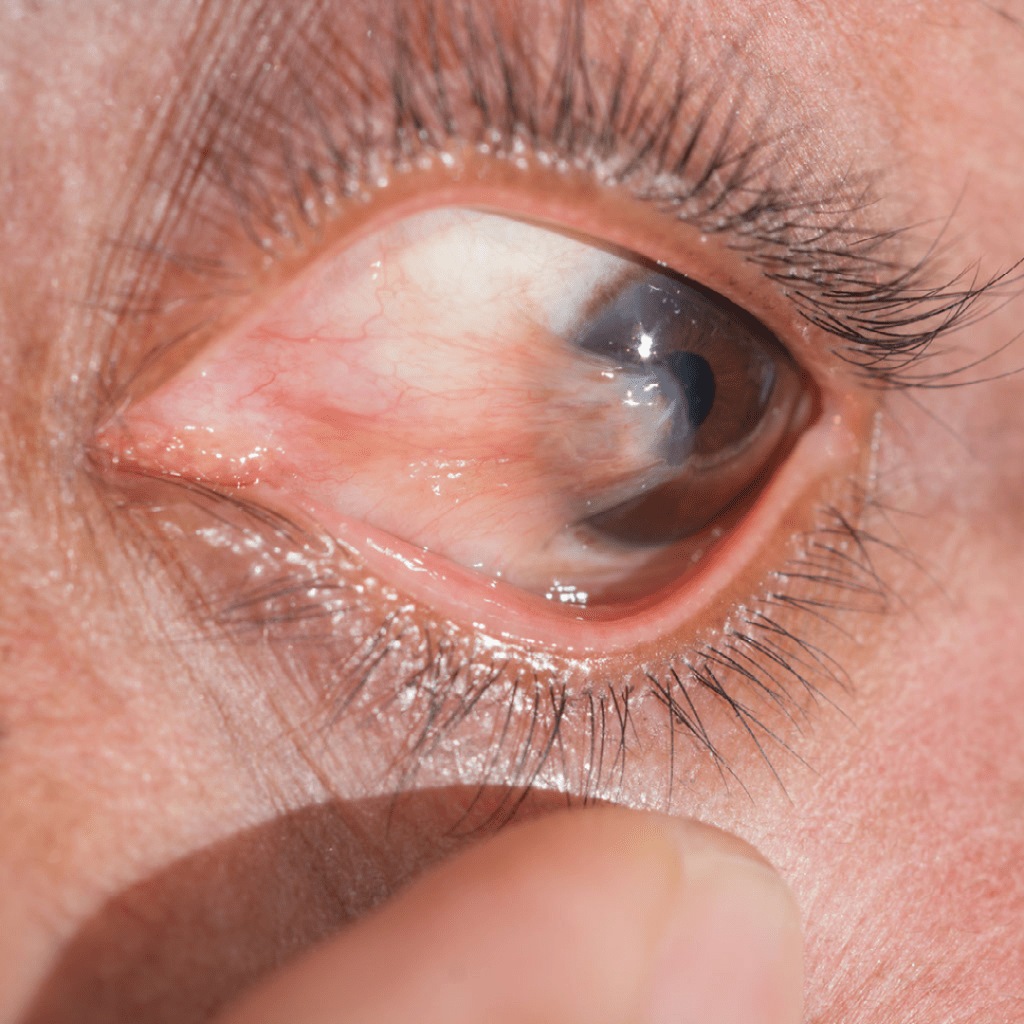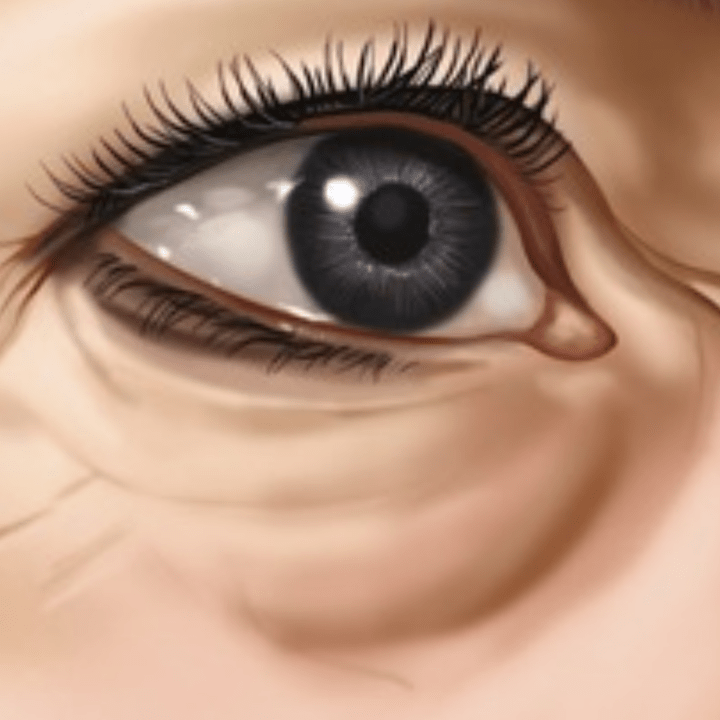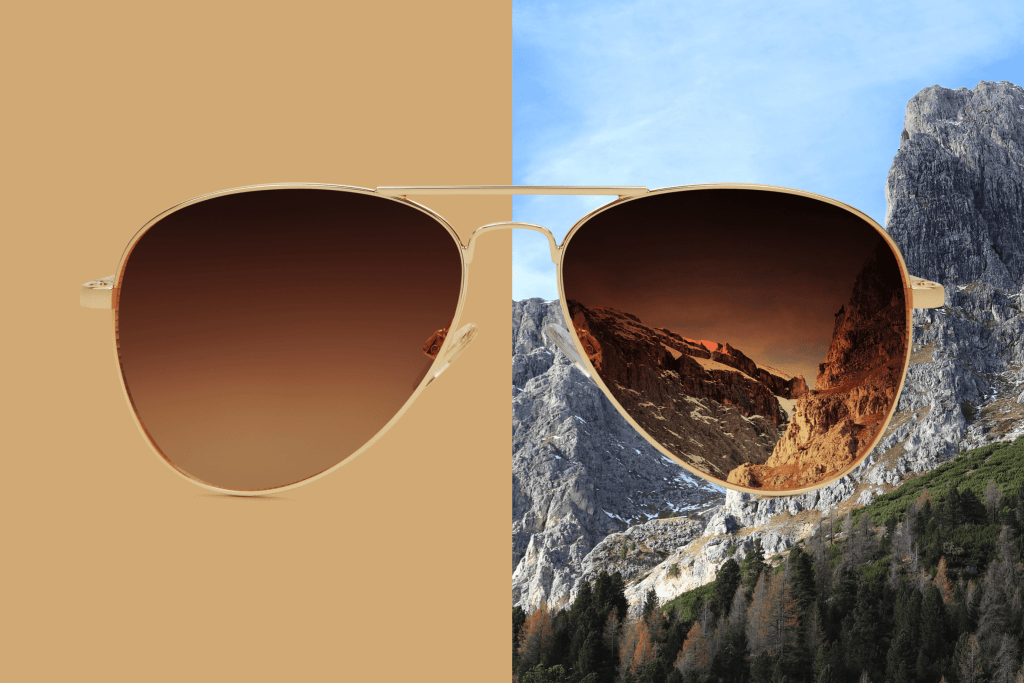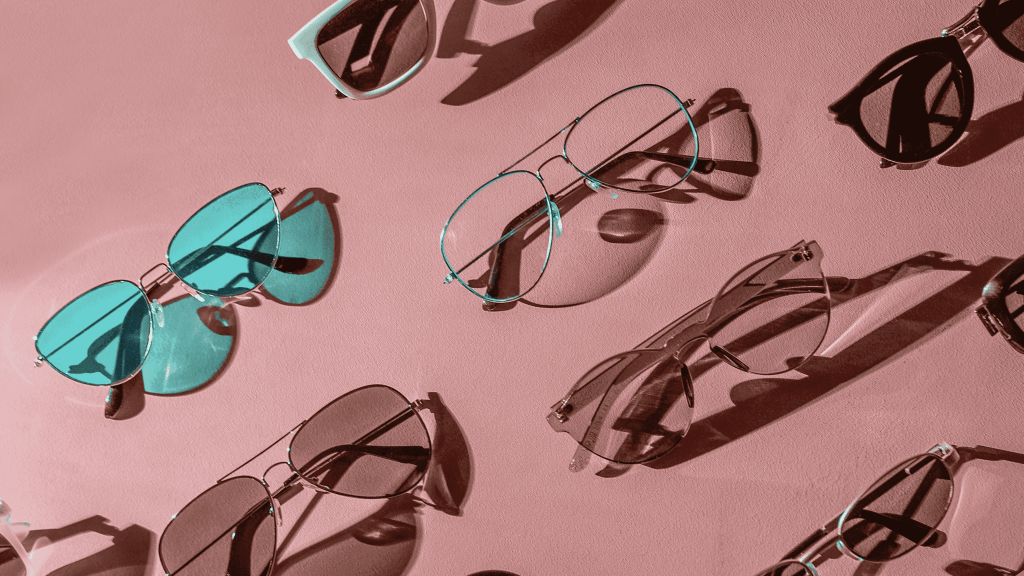Wearing sunglasses is not only fashionable, but it protects your eyes from harmful UV rays as well. Polarized sunglasses also help in reducing the unwanted glare and reflections from wet roads, water, snow etc. on a bright sunny day.
The ultraviolet rays are a subset of sunrays that are invisible to the human eye. A layer of protective ozone surrounds the Earth and blocks most of the sun’s UV rays. Most of the longer wavelength UVB radiation is absorbed by the Earth’s atmosphere, while shorter wavelength UVC radiation is completely absorbed. The majority of UVA which is the longest wavelength UV rays, remains unabsorbed.
HOW DO SUNGLASSES HELP?
Sunglasses block these harmful UV rays from entering our eyes. This protects us from a number of eye conditions.
1. Cataracts: Cataract is the leading cause of blindness worldwide. Cataract is associated with an increasing level of sun exposure.

2. The front part of the eye absorbs about 99% of the sun’s rays. UV ray exposure causes non-cancerous fleshy masses called pterygiums and pingueculas to grow on the front part of the eye. These appear usually on the nasal side. People who spend long periods under the sun or near water bodies and mountains are especially at risk. Such as Surfers, skiers, fishermen, farmers, etc.

3. Basal cell carcinoma: these are elevated tumors most commonly seen near the lower eyelid. The majority of these cancers occur on areas of skin that are regularly exposed to sunlight or other ultraviolet radiation.

4. Photokeratitis is inflammation of the cornea caused by the damaging effects of sun rays. Therefore after any corneal procedure such as LASIK, it is recommended to wear sunglasses till the corneas heal.
Snow blindness, a type of photokeratitis caused by UV reflections from snow, ice, or water, has a rapid onset.
5. In migraine sufferers, sunglasses can bring comfort by protecting the eyes from bright lights. It can also prevent migraine attacks
6. People who are sensitive to light or have dry eyes find wearing sunglasses soothing.

7. Sunrays can have a deleterious effect on the eyelids. This is because of the thin skin overlying it. In particular, the lower eyelid, since the eyebrow ridge protects the upper eyelid from sunrays. Skin problems can include dark circles, wrinkles, dryness, and even cancer. In light of this, choose sunglasses with large rims and broad frames.

8. Solar retinopathy is an injury to the retina caused by photochemical toxicity and thermal injury. A common symptom is mild-to-moderate visual acuity deficit and/or central or paracentral scotomas associated with sungazing or eclipse viewing. However, the visual loss is reversible and usually, after a triggering event, a patient may recover spontaneously within 3-6 months.
POLARIZED SUNGLASSES
Due to their unpolarized nature, the sunrays reach the earth’s surface from all directions. Upon hitting something horizontal, such as ground or water, the light is polarized parallel to the surface, causing unwanted reflections and glare. By blocking these rays, polarized sunglasses reduce glare.
When you hold your polarized sunglasses and turn them, you will see that the brightness changes. It is due to the fact that polarization only acts along one axis. This axis is perpendicular to the polarization of the light rays.
Who can benefit from polariZed sunglasses?
- Those who are very sensitive to light
- People with migraines
- People who go for long drives
- People who go for fishing
- People with dry and photosensitive eyes
WHO SHOULD NOT USE POLARIZED SUNGLASSES?
People should not wear polarized sunglasses when working with polarized screens, like electronic dials, LCD screens, and computer screens. In fact, this is the reason why pilots don’t wear polarized glasses. A pilot has to interact with polarized LCD or liquid crystal display screens on navigation systems and other important displays. Wearing polarized sunglasses will thus block the light coming from the LCD resulting in darkness.
A few things to consider when buying sunglasses

The fit and the shape.
- Even though sunglasses are more about style and comfort, most people choose those that match their face shape. For example, a person with a round face should consider glasses with an angle, preferably square or rectangle shapes. A person with a square face shape can go with rounded frames. It’s all about balancing the features of your face.
- Right size and width: You should look for one that lines up perfectly with your face’s sides. Not too loose, not too tight.
Material:
- The cheapest material is polycarbonate, but it has a lot of aberrations and low optical quality.
- Mineral crown glass is scratch-resistant, has a high Abby value, which means low aberration, and has good optical quality. The glasses are more expensive and heavier. Therefore, nylon sunglasses are a better option for people who like to wear them for a long time.
- Nylon has all the advantages of glass and is 40% lighter than glass.
Colour:

- The gray is standard color. It reduces light intensity without reducing contrast or sensitivity
- Those who play outdoors a lot, such as golfers, can choose green glasses, which provide better contrast between green and yellow.
- Gradient lenses: These are tinted sunglasses from top to bottom. With the top darker tint, they will protect you from UV rays and bright light, while also giving you a clearer and brighter view through the bottom lighter tint when you are reading a book or checking your phone.
- The brown coloured lens blocks a few blue wavelengths, which is good for winter sports in the snow.
- Amber or yellow blocks all blue light. Drivers should avoid this since it can make it harder for them to recognize colors. Know more about blue light filter glasses here.
A pair of sunglasses is both stylish and provides great protection from harmful UV rays. There are a number of sunglasses that are substandard, with poor optical quality and high aberrations. Be cautious about these and spend a good amount of time choosing one that fits well, looks good, and is suitable for your needs.

